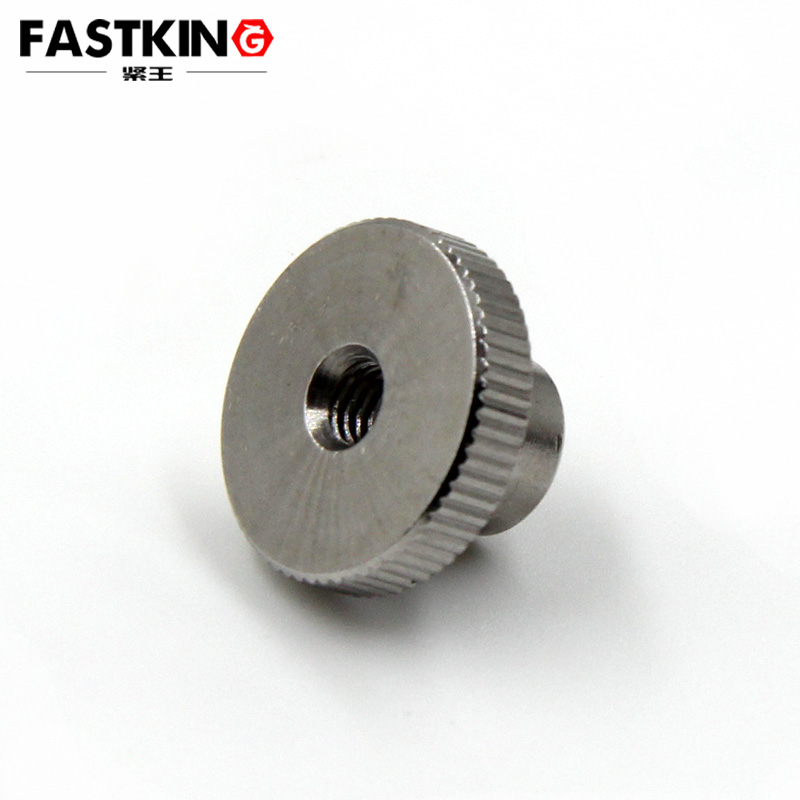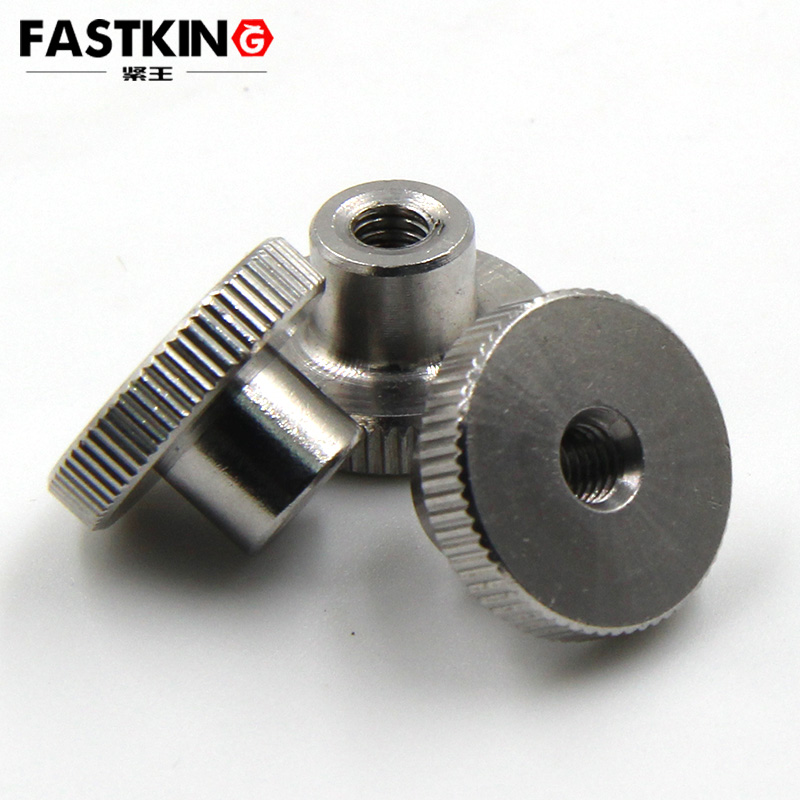Abstract
This article provides an in-depth exploration of the structural characteristics, working principles, and application scenarios of knurled step through-hole nuts across various industrial fields. The paper begins by introducing the basic concept and composition of knurled step through-hole nuts, followed by a detailed analysis of their working mechanisms and mechanical properties. It then elaborates on their practical applications in industries such as automotive manufacturing, electronic devices, and mechanical engineering. Finally, the article summarizes their technical advantages and future development prospects. Through systematic discussion, this paper aims to offer engineers and technicians a comprehensive understanding and practical guidance on the use of knurled step through-hole nuts.
Keywords: Knurled step through-hole nut; Structural characteristics; Working principles; Application scenarios; Technical advantages
Introduction
In modern mechanical assembly and industrial production, threaded fasteners play a critical role. As an important member of the threaded fastener family, knurled step through-hole nuts demonstrate irreplaceable value in numerous applications due to their unique structural design and superior performance characteristics. This article systematically analyzes the working mechanisms of knurled step through-hole nuts from the perspective of structural principles and explores their specific application scenarios in different industrial fields, aiming to provide valuable references for engineering professionals.
1. Structural Characteristics of Knurled Step Through-Hole Nuts
The knurled step through-hole nut is a specially designed fastener, typically composed of three main parts: the nut body, the knurled outer surface, and the stepped through-hole. The nut body is made of high-strength alloy materials and is usually designed in a hexagonal or circular shape for easy installation using standard tools. The knurled outer surface is a distinctive feature of this nut, consisting of a series of evenly distributed raised patterns created through precision rolling processes. These patterns not only enhance the nut's aesthetics but, more importantly, improve friction and anti-rotation performance between the nut and the mounting surface.
The stepped through-hole structure is another key feature of the knurled step through-hole nut. This design creates multiple internal cavities with varying diameters, typically including a larger upper section and a smaller lower section. The stepped structure not only reduces the overall weight of the nut but also optimizes stress distribution, enhancing connection strength. Additionally, the through-hole design makes this nut particularly suitable for applications requiring through-fixing, providing convenience for routing cables, pipes, and other components.
2. Working Principles of Knurled Step Through-Hole Nuts
The working principles of knurled step through-hole nuts are based on their unique structural design, which enables multiple functions. When the nut is installed onto a bolt or threaded rod, the internal threads form a tight fit with the external threads, generating strong axial clamping force. Simultaneously, the knurled outer surface creates significant radial pressure against the connected parts, converting this pressure into friction and effectively preventing loosening during use.
In terms of mechanical analysis, knurled step through-hole nuts exhibit excellent performance. The stepped structure distributes axial loads evenly across different diameter sections, avoiding stress concentration. The through-hole design ensures uniform load transfer, particularly under dynamic load conditions, where this structure effectively absorbs vibrational energy, significantly improving connection reliability and durability. Experimental data show that, compared to traditional nuts, knurled step through-hole nuts reduce the probability of loosening by over 60% under the same working conditions.

3. Application Scenarios of Knurled Step Through-Hole Nuts
In the automotive manufacturing industry, knurled step through-hole nuts are widely used for securing engine compartment components, connecting body panels, and assembling chassis systems. Their anti-loosening properties make them particularly suitable for the continuous vibrations experienced during vehicle operation, while the through-hole design facilitates the routing of wiring harnesses and pipelines. For example, in the fixation of electric vehicle battery packs, these nuts ensure high-strength electrical connections while providing passage space for cooling pipes.
The electronics industry is another important application field for knurled step through-hole nuts. In precision electronic devices such as smartphones and tablets, where space constraints are extremely strict, the compact design and high reliability of these nuts make them an ideal choice. Especially in areas requiring frequent disassembly for maintenance, the knurled surface provides excellent manual operation characteristics, allowing basic maintenance even without specialized tools.
The mechanical engineering sector also has a strong demand for knurled step through-hole nuts. In heavy machinery, machine tools, and other equipment, these nuts not only serve critical connection functions but often need to withstand harsh environments such as high temperatures and corrosion. By selecting knurled step through-hole nuts made from appropriate materials and surface treatments, equipment lifespan can be significantly extended, and maintenance costs reduced. For instance, in critical areas of offshore oil drilling platforms, these nuts made from special stainless steel effectively resist seawater corrosion, ensuring long-lasting and reliable connections.
4. Conclusion
Knurled step through-hole nuts hold a significant position in modern industry due to their innovative structural design and outstanding performance. Through systematic analysis of their structural characteristics, working principles, and application scenarios, we can clearly recognize the technical advantages of these fasteners: excellent anti-loosening performance, optimized stress distribution, superior environmental adaptability, and convenient installation features. As manufacturing advances toward intelligent and precision-oriented development, the requirements for fasteners will continue to rise, and knurled step through-hole nuts are expected to demonstrate their value in more emerging fields. Future research could further explore the application of new materials and processes in the manufacturing of these nuts to continuously enhance their performance limits and application scope.
